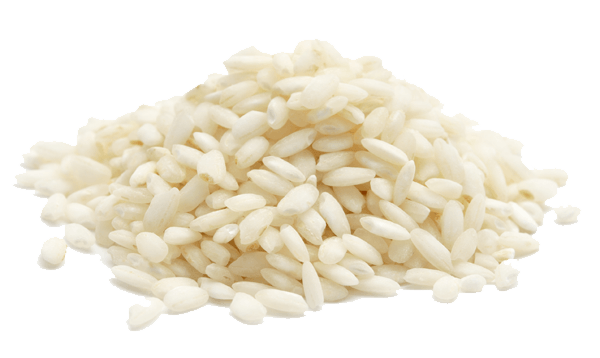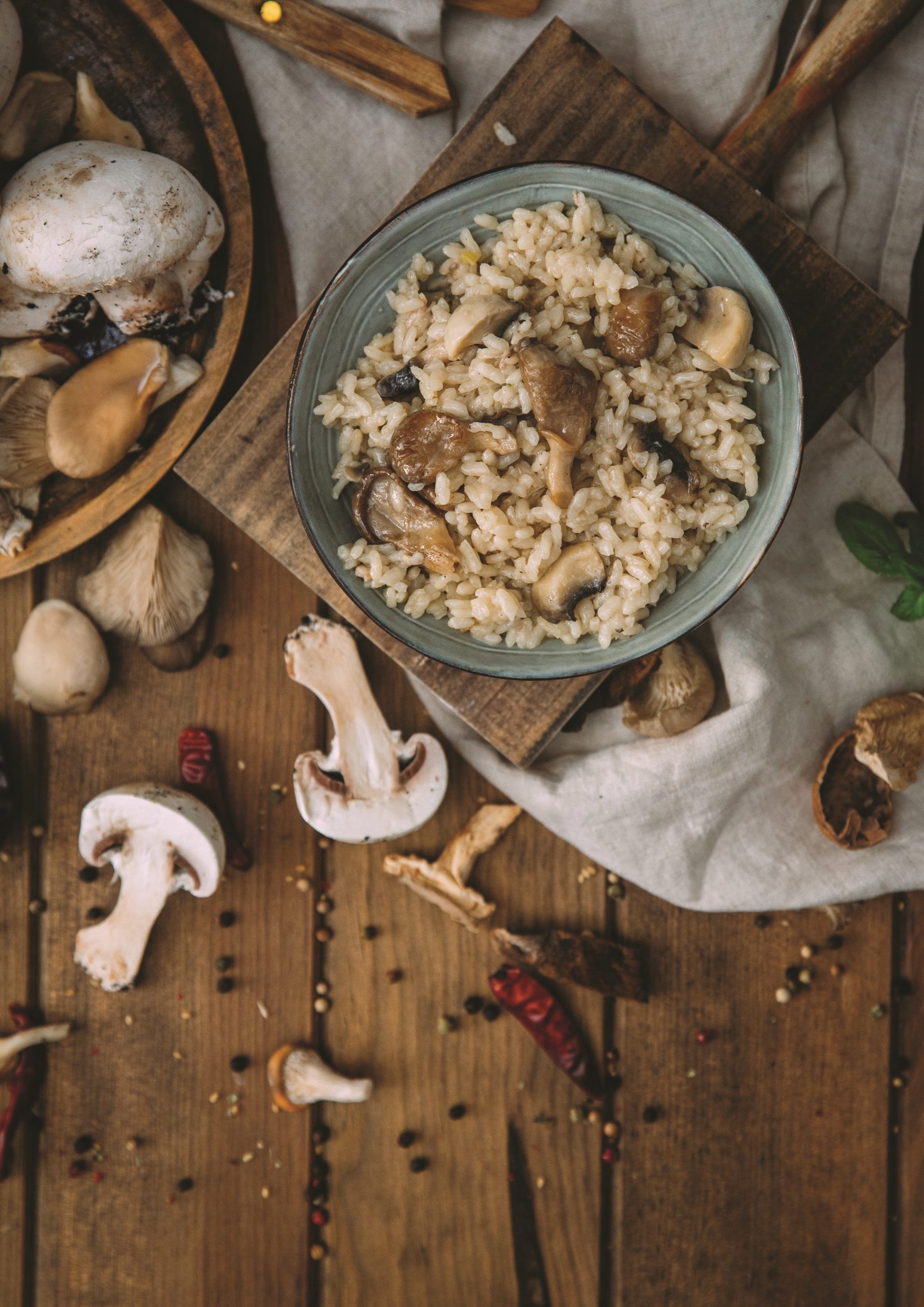
Our Rice, Specialty Cereal, and Ready-To-Cook Meals
Cereals such as barley and spelt have been consumed since ancient times. Our barley and spelt are cultivated and produced according to organic standards in Italy. They are ideal for soups and salads.
RICE USAGE OVER TIME AND THE EVOLUTION OF RISOTTO
In the 1500s, Senese physician Pier Andrea Mattioli transformed rice into an actual culinary ingredient. It had mostly held the status of medicinal herb and spice until then. From 1924 onwards, varieties of rice started being grafted to enhance resistance to the rice blast fungus.
Diversity characterizes both the type of rice cultivated and the method employed for cooking it. As the cooking method evolved, older rice soups gave way to risotto. Modern varieties of risotto stem from the encounter of ever-evolving culinary creativity and ancient Italian tradition.

A “CEREAL“ HISTORY
Spelt is rich in fibre and low in calories. It contains a low glycemic index, protein, and phytic acid, which serves as an excellent antioxidant. Spelt aids digestion, diabetes, and high cholesterol. This cereal can be cooked in salads, soups, or in combination with legumes for a full-fledged meal.
Both the Ancient Greeks and Romans consumed barley bread and soups. Roman gladiators used barley for its energy content. This cereal aids digestive regularity, especially constipation, with its anti-inflammatory properties.
OTHER READY-TO-COOK MEALS
Polenta has a long and illustrious history which can be traced thousand years back. The puls was known to the Romans who obtained it by mixing water and cereal flour, which were then crushed and cooked. Given how popular it was, the puls can be compared to modern spaghetti, though polenta is the dish that actually descends from it.
Our polenta is made from semolina, or coarse particles of durum wheat flour. It will take five minutes of your time to cook the buononaturale polenta.
